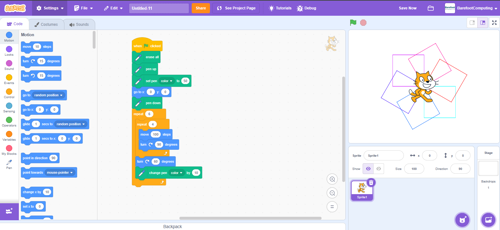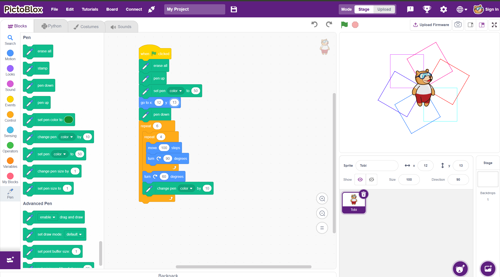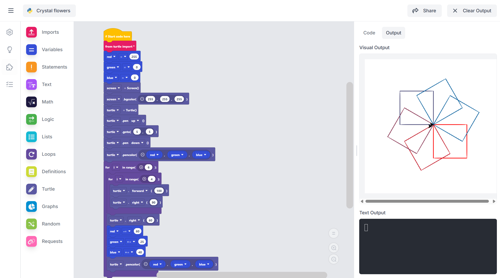19 August 2025
Scratch and Safeguarding: Navigating Access Challenges in UK Schools
Scratch has long been a staple in UK classrooms for introducing children to coding. Its colourful, block-based interface makes programming accessible and fun, and its global community allows students to share and remix projects. But for some schools, this openness has become a double-edged sword.
Why are schools blocking Scratch?
In recent years, some UK schools have restricted or completely blocked access to Scratch due to safeguarding concerns around its online community. While Scratch is designed for educational use, it is not a closed platform. Students can:
- View and comment on projects from users worldwide
- Encounter inappropriate usernames, unmoderated comments, or unsuitable content
- Share personal information through public profiles
Despite moderation efforts by the Scratch Foundation - including automated filters and human reviewers - the system relies heavily on community flagging. If inappropriate content isn’t reported, it may remain visible.
This potential risk has led to Scratch being blocked entirely by some schools, especially for younger pupils.
What is Scratch doing about it?
The Scratch Foundation has introduced several safety measures to support educators:
Community guidelines
Clear rules about what can and cannot be posted
Reporting tools
Users can report inappropriate content, although this is a reactive system
Teacher accounts
Lets educators create student logins, monitor activity, and manage visibility
Privacy advice
Students are encouraged to use anonymous usernames and avoid sharing personal details
However, these tools may not meet the safeguarding expectations of all schools - especially where moderation gaps still exist.
What can schools do?
- Use Scratch offline- The Scratch offline editor can be downloaded and used without internet access, eliminating the risk of pupils encountering online content.
- Create and manage teacher accounts - Use Scratch teacher accounts to set up and monitor student accounts.
- Develop a School acceptable use policy - Make sure your AUP addresses how Scratch is used, what pupils are allowed to share, and how moderation will be handled.
- Digital literacy opportunities - Use examples of inconsistent or inappropriate content as part of wider discussions on recognising AI-generated material, internet safety, and critical thinking.
Alternatives to Scratch
If your trust or local authority has already blocked access to Scratch within your school, here are some alternatives you can use while making the case to regain access to Scratch:
- EduBlocks: Bridges block-based and text-based coding (Python), ideal for KS2 and KS3. https://edublocks.org/
- PictoBlox: Based on Scratch but includes AI and hardware integration, with stronger classroom controls. https://pictoblox.ai/
These can all be used in place of Scratch with Barefoot (and Computing at School) resources, it will just look a little different. The examples below show the Barefoot resource in Scratch, PictoBlox and EduBlocks.







